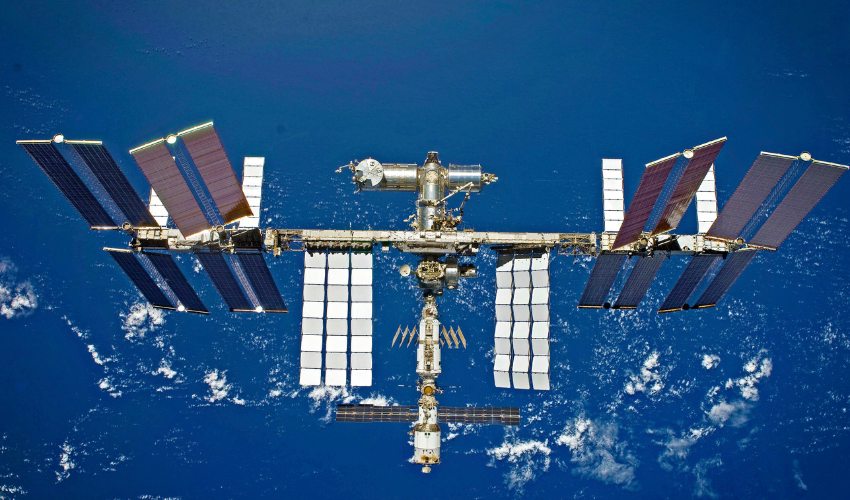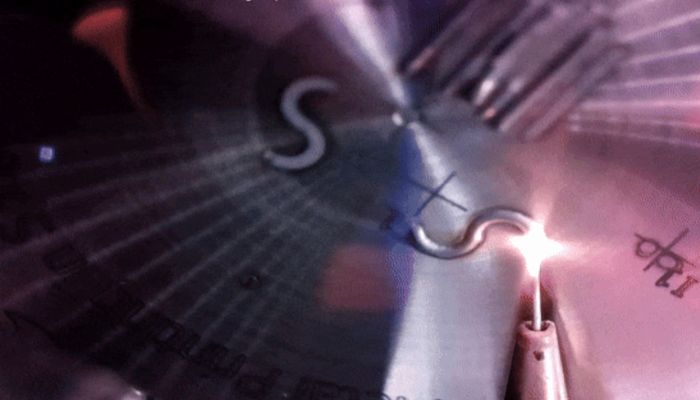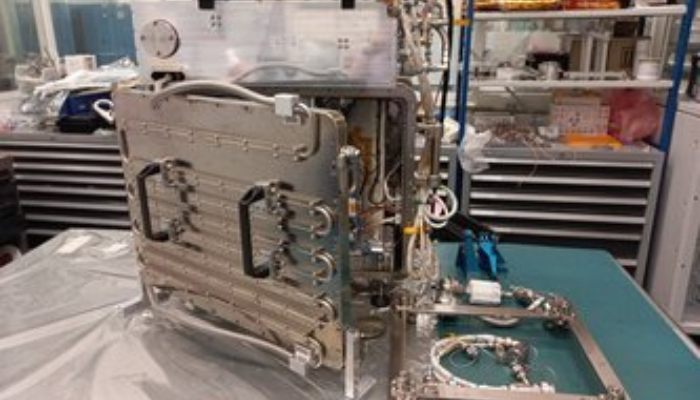History Made as ESA Achieves First-Ever Metal 3D Printing on ISS

Last week, the International Space Station (ISS) witnessed a significant milestone as the European Space Agency etched its name in history by accomplishing the first-ever metal 3D printing in space. This achievement, spearheaded by a consortium led by Airbus, signifies a pivotal moment in in-orbit manufacturing and sustainability efforts, and will likely negate the need for returning to Earth for repairs and hardware components.
The ESA’s endeavor to establish a circular economy in space received a powerful boost as the Airbus-built metal 3D printer successfully deposited its first molten “S curve” inside the ESA’s Columbus research module. Combining a high-power laser with stainless-steel wire, the printer demonstrated its capability to create intricate and complex metal structures in a microgravity environment.

The ESA’s “S curve” 3D print, printed from liquified stainless steal.
Safety measures were paramount during the printing process, with the printer operating within a fully sealed box to prevent the escape of excess heat or fumes. A team of ESA, Airbus, and French space agency CNES (Centre National d’Études Spatiales) researchers, stationed remotely, monitored the procedure.
The successful outcome of the initial printing test was met with enthusiasm and optimism. “We’re very happy to have performed the very first metal 3D printing aboard the ISS. The quality is as good as we could dream,” remarked Sébastien Girault, lead system engineer for the project at Airbus.
Looking ahead, the ESA plans to continue testing the metal 3D printer’s capabilities by creating four specific shapes, which will be compared with reference prints made on the ground in normal gravity. This comparative analysis will provide valuable insights into the effects of microgravity on metal printing and inform future developments in space manufacturing technology. “Two of these printed parts will be analyzed in the Materials and Electrical Components Laboratory at ESTEC in the Netherlands to help us understand whether prolonged microgravity has an effect on the printing of metallic materials. The other two will go to the European Astronaut Centre and the Technical University of Denmark, DTU,” Advenit Makaya explained, ESA materials engineer.

ESA’s 3D metal printer contained in a fully-sealed box for safety measures.
Beyond its immediate applications, the ESA’s achievement holds promise for the future of space exploration and sustainability. By enabling the in-orbit manufacturing of complex metallic structures, such as satellite components and habitat modules, the technology will likely open the door for more ambitious missions to the Moon, Mars, and beyond. To learn more about this milestone, click here.
What do you think of the European Space Agency’s accomplishment of metal 3D printing aboard the ISS? Let us know in a comment below or on our LinkedIn, Facebook, and Twitter pages! Don’t forget to sign up for our free weekly newsletter here for the latest 3D printing news straight to your inbox! You can also find all our videos on our YouTube channel.
*All Photo Credits: European Space Agency






